Enhanced electric fields through the optical magnetic mirror effect enable subwavelength imaging resolution.
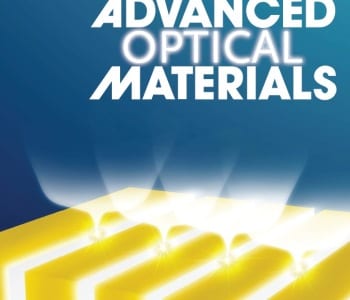

Enhanced electric fields through the optical magnetic mirror effect enable subwavelength imaging resolution.
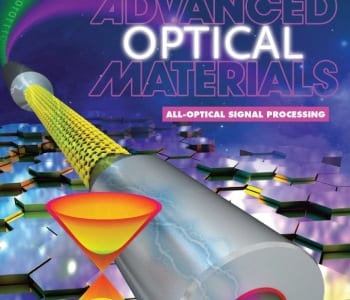
By combining a third-order nonlinear optical material, topological insulator, and microfiber, an all-optical processing device is successfully prepared.
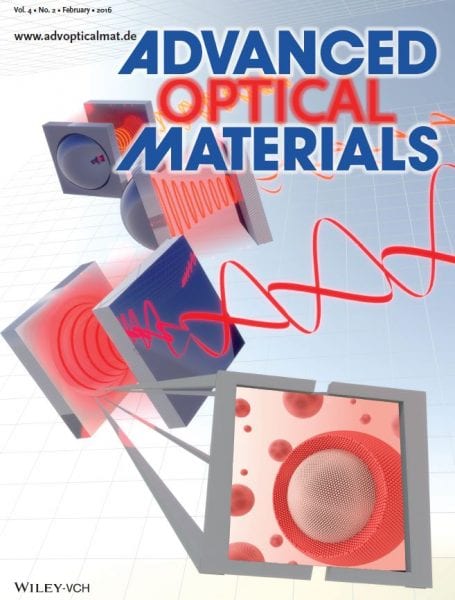
Check out the articles highlighted on the covers of the latest issue of Advanced Optical Materials.
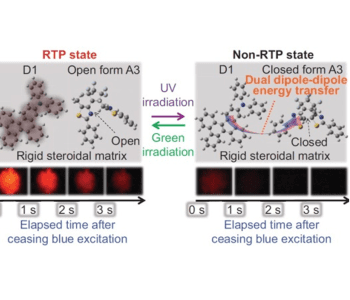
A host–guest–guest material demonstrates the photoreversible on–off recording of persistent room-temperature phosphorescence from the phosphorescent guest.
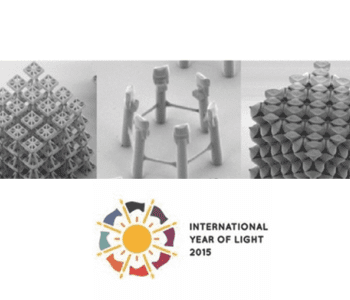
Three-dimensional μ-printing is a mature technology, enabling novel research fields in various disciplines based on three-dimensional microstructure.

Prof. Marius Grundmann from Universität Leipzig and his PhD student Robert Karsthof, MSc, and further coworkers have presented the first such transparent solar cell in a recent article in physica status solidi (a).
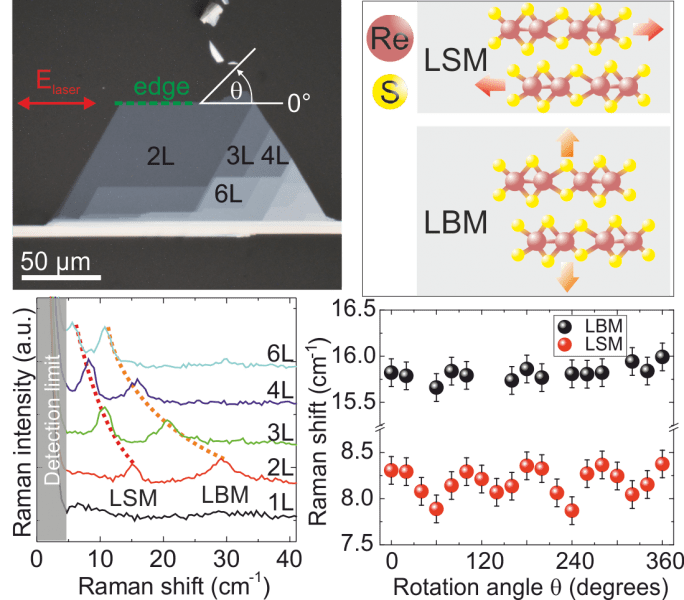
Atomically thin transition-metal-dichalcogenides (TMDCs) have recently attracted a lot of research interest. Like graphene, they can be prepared as two-dimensional crystals by exfoliation. Unlike graphene, they are semiconductors with large band gaps, which make them...
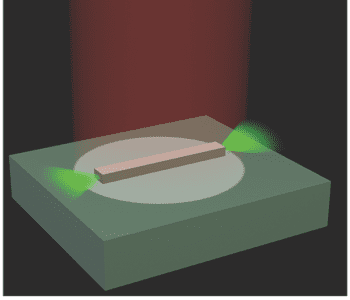
The month’s top articles from the field of nanooptics, optoelectronics, optical devices, detectors & sensors, micro/nano resonators and more.
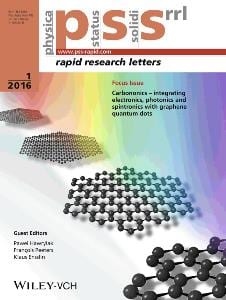
A Carbononics special issue in pss RRL – integrating electronics, photonics and spintronics with graphene quantum dots.

Researchers have recently used blue-light emitting quantum dots (QDs) and stilbene units to prepare nanocomposites with unusual fluorescence behavior.